Ranking third in number of UNESCO sites after Italy and China, Germany has as many as fifty-one sites inscribed on the World Heritage List, forty-eight of them cultural and three natural. The first to enter the prestigious List was Aachen Cathedral with its Palatine Chapel in 1978, followed by the Pilgrimage Church in Wies, the Old Town of Bamberg, the Monastic Complex in Maulbronn, and classical Weimar, whose 40th, 30th (both Bamberg and Maulbronn), and 25th anniversaries of their World Heritage entry this year, respectively. 2024 will also mark the fortieth anniversary in UNESCO of Augustusburg and Falkenlust Castles in Brühl, the thirtieth anniversary of the collegiate church, Quedlinburg Castle and Old Town, and Völklingen Steelworks, the twenty-fifth anniversary of Wartburg Castle and Berlin’s Museuminsel, and the twentieth anniversary of Bremen’s Roland Town Hall and Statue and Muskau Park. To mention only the anniversaries of the sites that first joined the List.
Altogether, Germany’s fifty-one Unesco sites include not only palaces and castles, historic centers, churches and abbeys, parks and gardens, archaeological complexes, and frontiers of the Roman Empire, but also industrial and engineering complexes, architecture and spa towns; natural and cultural treasures set in fascinating landscapes and urban settings to be discovered with the possibility of building itineraries tailored to one’s preferences.
The three UNESCO natural sites are the Messel pit fossil site (1995), the ancient beech forests of Germany (2007/2011), and the Wadden Sea (2009/2011/2014). Germany’s first UNESCO natural site, the Messel pit, in the federal state of Hesse, is among the world’s richest fossil sites whose formation can be dated to the Eocene, about 47 million years ago. It provides the most complete fossil record of Eocene flora and fauna, and its importance is due to the quality, quantity and diversity of fossils of more than a thousand plant and animal species, ranging from skeletons to feathers, hairs and soft tissues. The area has been the subject of important paleontological research that has contributed to our knowledge of evolutionary history. The ancient beech forests of Germany, on the other hand, are an extension of the ancient primeval beech forests of the Carpathians and are an outstanding example of animal and plant biodiversity, and resilience because these plants have withstood even the lowest temperatures. Finally, the Wadden Sea, which stretches along the coasts of Denmark, Germany, and the Netherlands covering an area of about 11 thousand kilometers, is the largest uninterrupted system of intertidal sandy and muddy expanses in the world and is a unique habitat for many species of plants and animals; one of the most typical activities to be practiced here is mud-walking, left by the sea during low tide periods.
If you have not yet visited any German Unesco cultural sites, one criterion for choosing, apart from the essentially geographical one, might just be to start with the sites whose anniversaries fall this year and next year. Starting with Aachen Cathedral, Germany’s first Unesco site, whose oldest core is the Palatine Chapel, built by Charlemagne between 793 and 813. Originally inspired by churches in the eastern part of the Holy Roman Empire, the octagonal-shaped, Byzantine-style chapel topped by a dome was expanded in later centuries with new side chapels in various styles. The Cathedral contains the tomb of Charlemagne, who was buried here in 814, and it was here that the German emperors of the Holy Roman Empire were crowned for six hundred years. The Aachen Cathedral Treasury is considered one of the most important ecclesiastical treasures in northern Europe: the cross of Lothair, made of gold and precious stones, is kept here.
Inscribed on the UNESCO Heritage List in 1983, on the other hand, is the Pilgrimage Church in Wies: the work of architect Dominikus Zimmermann, it is considered a masterpiece of Bavarian rococo. Located in the region of Upper Bavaria, it is visited annually by about a million people and is a testament to the cultural and religious traditions of this area. It has been a place of pilgrimage since a miracle occurred in Wies in 1738: tears flowed from a wooden figure of Christ that was no longer venerated by the Premonstratensian monks of the Abbey; for some time the miraculous statue was housed in a wooden chapel built in the fields, and the abbot of the Premonstratensian monks, seeing the many pilgrims who came to venerate it, decided to have a shrine built here. Work began in 1745 and was completed in 1754.
Recognized as a UNESCO World Heritage Site since 1993 is the old city of Bamberg, Bavaria, in Upper Franconia. Often called the Rome of Franconia, because like the Italian capital it stands on seven hills, the city old town of Bamberg has a typical medieval appearance, and its main attractions include the Kaiserdom, or Imperial Cathedral, built in the late Romanesque style over an earlier cathedral erected by Emperor Henry II the Holy and his wife Cunegonda, who are buried inside the sacred building; the Old Town Hall; Mount St. Michael’s Abbey, the former residence of the bishops; and Klein-Venedig (“Little Venice”), a group of picturesque fishermen’s houses along the Regnitz River. Also recognized in 1993 was the Maulbronn Monastic Complex, an ancient Cistercian abbey located between Heidelberg and Stuttgart, considered one of the most complete and best-preserved monastic complexes in Europe. Its construction began in 1147; the imposing complex enclosed by medieval walls and towers combines various architectural styles, from Romanesque to Gothic, and sees among its highlights the Romanesque monastery church, the Gothic cloister, and the fountain house. The atrium of the monastery church, the Paradise, takes its name from the custom of painting the walls of the church vestibules with scenes of the Fall of Man.
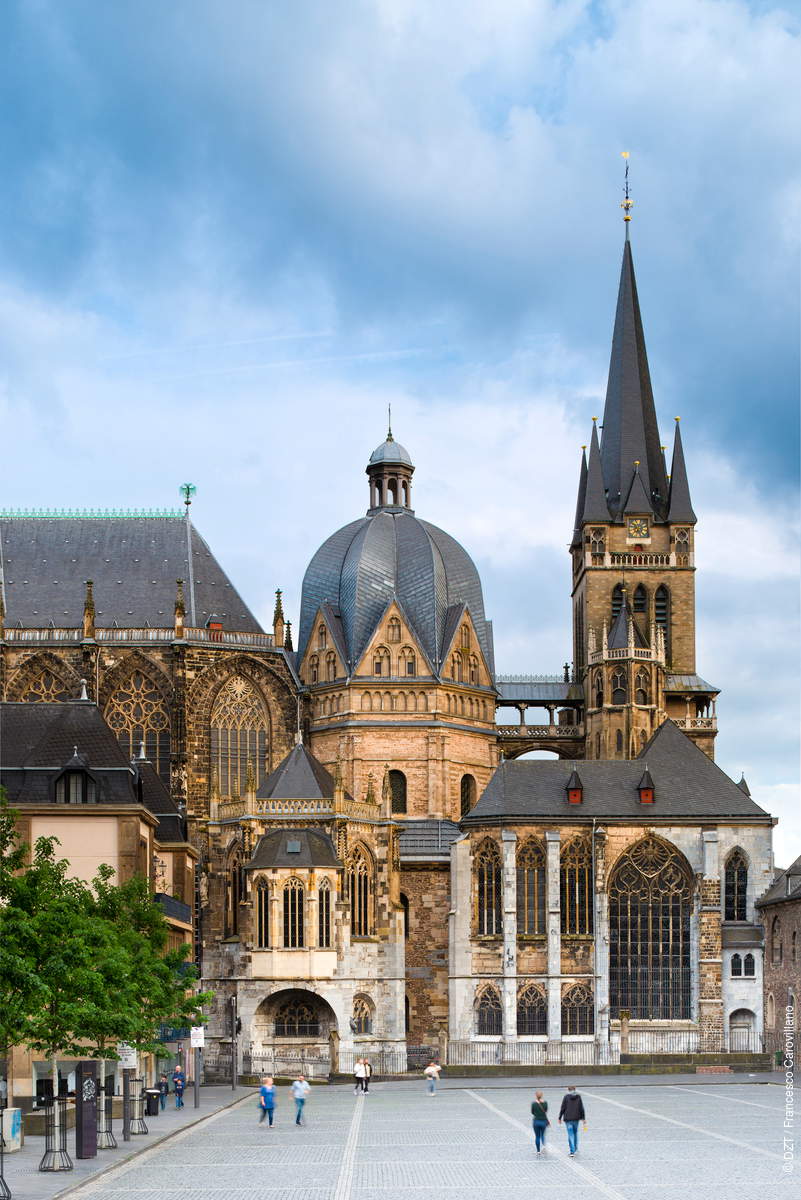
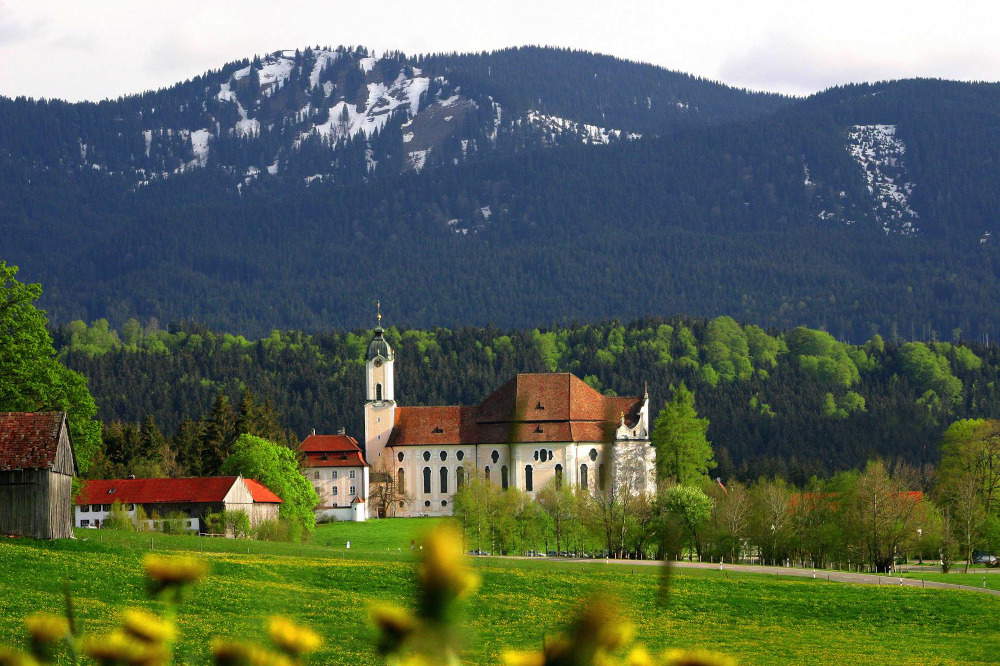
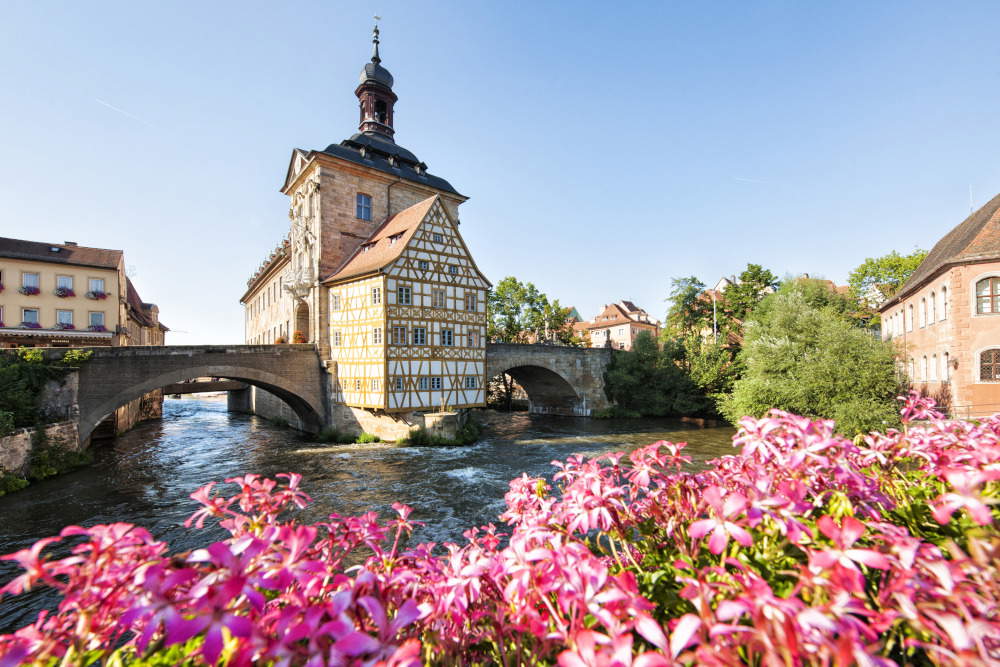
Five years later, in 1998, classical Weimar also made its way onto the World Heritage list. This term denotes eleven monuments in the city of Weimar, Thuringia, all of which are UNESCO World Heritage Sites: Goethe’s House, Friedrich Schiller’s House, the sites of the theologian and philosopher Johann Gottfried Herder, Weimar Castle, the Wittumspalais, Duchess Anna Amalia’s Library, Goethe Park, Belvedere Castle, Ettersburg Castle and Park, Tiefurt Castle and Park, and the Historic Cemetery, in whose Princes’ Crypt are the graves of Goethe and Schiller.
On the other hand, a remarkable example of a German Rococo complex can be found in Brühl, a small town in the Rhineland: indeed, the Augustusburg Castle and the Falkenlust hunting lodge stand out here, along with their Baroque guardhouses. The complex entered the UNESCO list in 1984 because it constitutes a true masterpiece of Rococo in Germany. Augustusburg Castle, which began construction in 1725, is named after the Elector of Cologne and Archbishop Clemens August, a member of the House of Wittelsbach; two kilometers from the Castle is the Falkenlust Hunting Lodge, Clemens August’s favorite hunting lodge, at the edge of a grove. A curiosity: the place where the little palace was erected was chosen based on the flight path of herons, a favorite prey of falconry. Once the hunt was over, the court would gather for dinner and entertainment in the lavishly furnished rooms.
By contrast, Quedlinburg, located in the state of Saxony-Anhalt, is one of the most beautifully preserved examples of a medieval town: its more than a thousand half-timbered houses, castle hill with its collegiate church and castle, and its quaint Münzenberg quarter earned it a place on the UNESCO World Heritage list in 1994. It also boasts numerous Art Nouveau buildings. In the same year, the Völklingen ironworks in Saarland was also included: this is the first industrial monument to enter the Unesco list. It covers an area of about six hectares and is the only completely intact industrial-era ironworks in the world, reflecting the history of Germany and the world in the 19th and 20th centuries. Production stopped in 1986, and now the factory, in addition to being visited as a testament to industrial heritage, has become a venue for international exhibitions, festivals and concerts.
Among the most important castles in Germany as well as among the most famous is Wartburg Castle in Thuringia, in the immediate vicinity of Eisenach: it was the country’s first UNESCO World Heritage Site castle, added to the list in 1999, because of its splendid architecture and the historical events and personalities associated with it. St. Elizabeth lived and worked here in the early 13th century; Martin Luther translated the New Testament into German here; many artists and literary figures were inspired by this place, such as Goethe, Franz Liszt, and Richard Wagner. Also in 1999, Berlin’s Museuminsel, the hub of the city’s museum network, was recognized as a UNESCO World Heritage Site. A true museum area that brings together five museums from the Prussian era, with the addition of the modern James-Simon-Galerie: the Altes Museum, the Neues Museum (where the famous bust of Nefertiti is also located), the Pergamonmuseum, the Alte Nationalgalerie and the Bode Museum. In contrast, the James-Simon-Galerie, designed by British archistar David Chipperfield, serves as the central entrance and exhibition space that welcomes visitors to the Museum Island.
The Town Hall with Roland’s statue on Bremen’s Marktplatz and Muskau Park in Saxony were also declared UNESCO World Heritage Sites, both in 2004. The Town Hall was erected in 1405 and since its construction has been the seat of municipal self-government and state government, is a cultural monument, and is the only town hall in the world to have this recognition. Its facade is a typical example of Weser Renaissance architecture and numerous figures adorn it. In front of the Town Hall, the giant statue depicting the paladin Roland and dating from 1404 symbolizes the rights and privileges of the Hanseatic city: it is for the citizens the pride of their freedom and independence. On its shield is a coat of arms with the two-headed imperial eagle and the inscription, “I manifest your freedom, as granted to this city by Charlemagne and many other rulers. For this be thankful to God, this is my advice.”
Muskau Park, from its creator, the architect and landscape architect Hermann Fürst von Pückler-Muskau, on the other hand, is considered one of the most beautiful landscape parks in continental Europe and an outstanding example of a 19th-century English-style garden. It covers about 830 hectares and is divided by the Neisse River; it consists of a series of smaller parks and its special feature is that part of the park is in Germany, while the other part is in Poland. Today the two nations also share its entire maintenance and management. Of note is the fact that Saxony, where Muskau Park is located, has both Unesco sites (in addition to the Park, the Ore Mountains Mining Region is also a Unesco Heritage Site) shared with another state: as mentioned above, Muskau Park is part in Germany and part in Poland, while the Ore Mountains are German-Czech cultural heritage. The Erzgebirge/KrušnohoÅ™í mining region joined the list in 2019, so in 2024 it celebrates its first five years as a World Heritage Site.
Another curiosity: in Bayreuth, in northern Bavaria, a festival entirely dedicated to Richard Wagner takes place every year: in fact, the composer spent the last ten years of his life here and chose this city as the site of the theater to perform his dramas. This is why Bayreuth has become internationally famous as the center of Richard Wagner’s opera. Bayreuth is also home to another important UNESCO site: the Margrave Opera House, listed in 2012 as a UNESCO World Heritage Site as a “unique example of Baroque theater and festive culture.”
To describe here all fifty-one of Germany’s Unesco sites would be complicated, but what we have tried to convey here is their wide variety; a journey to discover the cultural and natural heritages scattered throughout the country is always an opportunity for knowledge and experience, to be shared with all humanity.

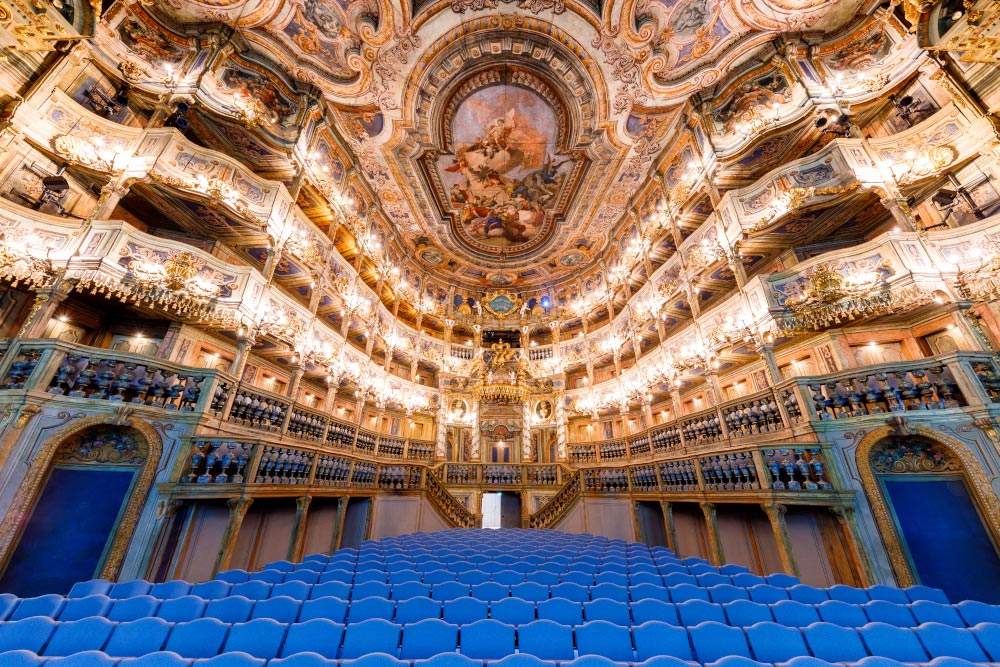
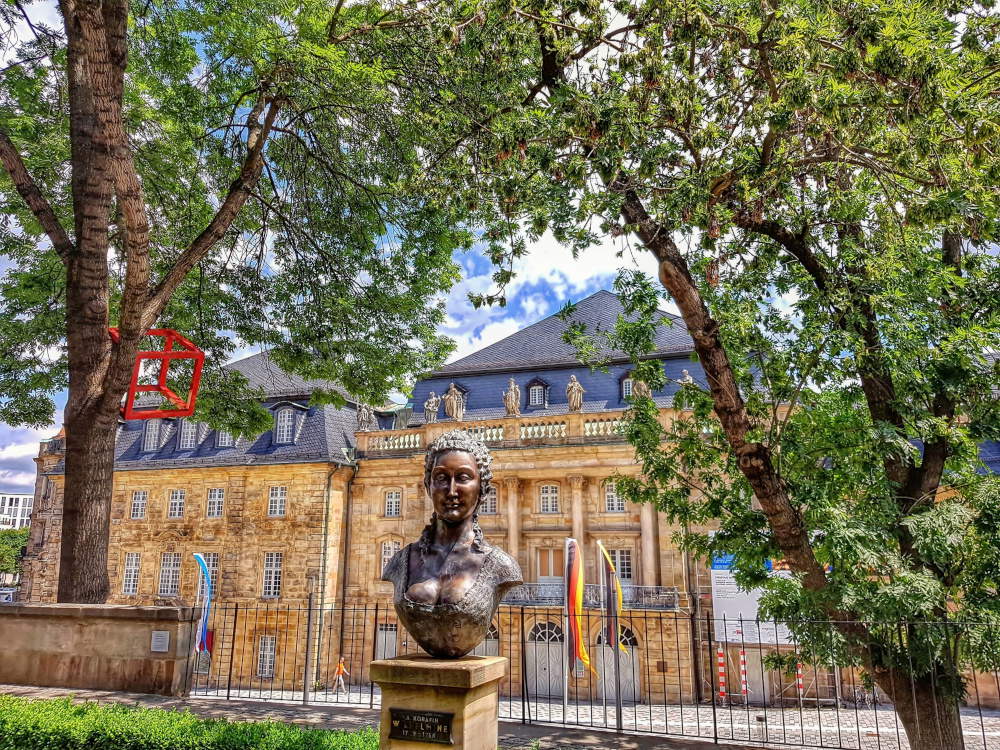
 |
| Germany and its UNESCO sites: which ones to celebrate in 2023/2024 |
Warning: the translation into English of the original Italian article was created using automatic tools. We undertake to review all articles, but we do not guarantee the total absence of inaccuracies in the translation due to the program. You can find the original by clicking on the ITA button. If you find any mistake,please contact us.